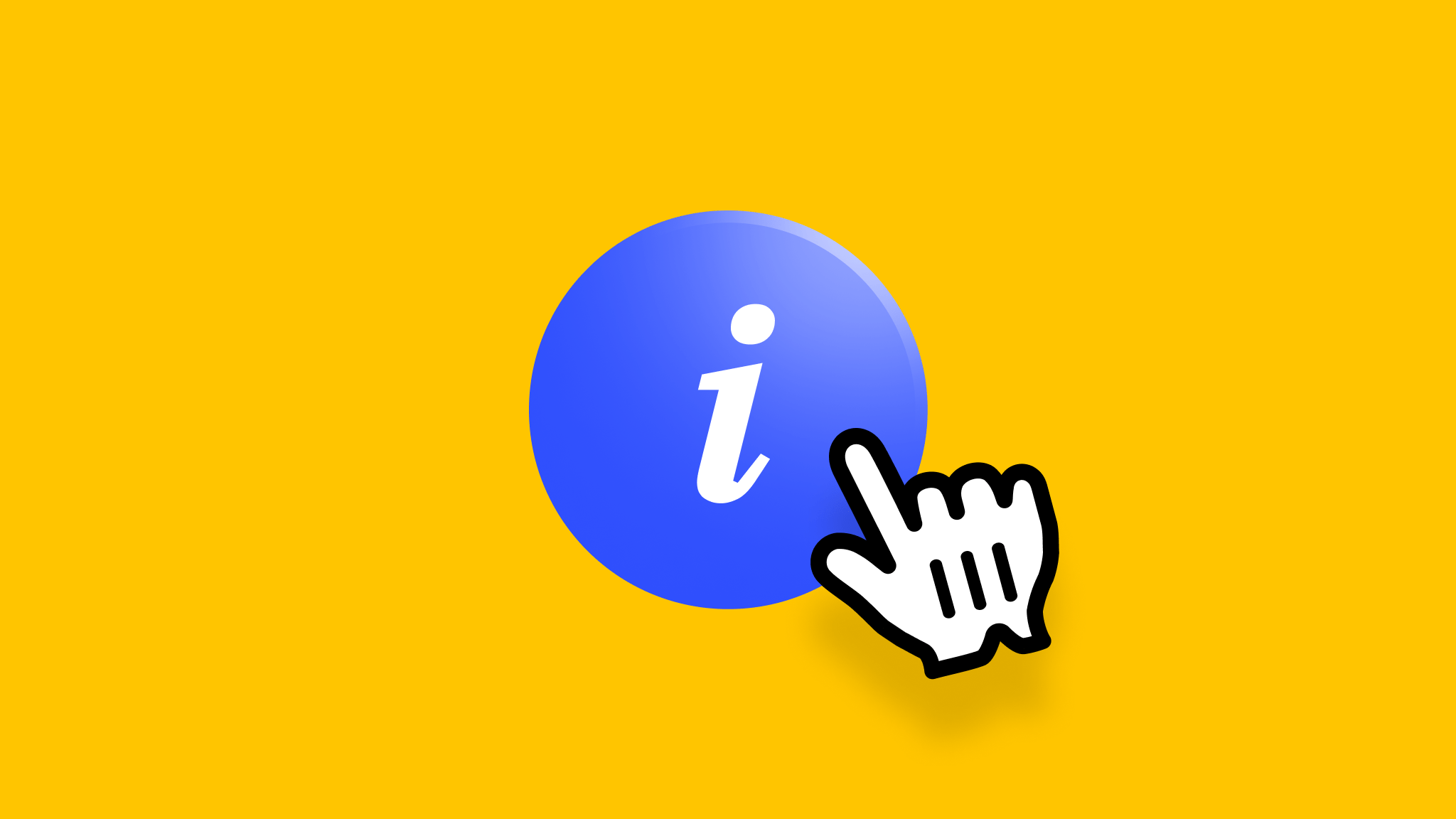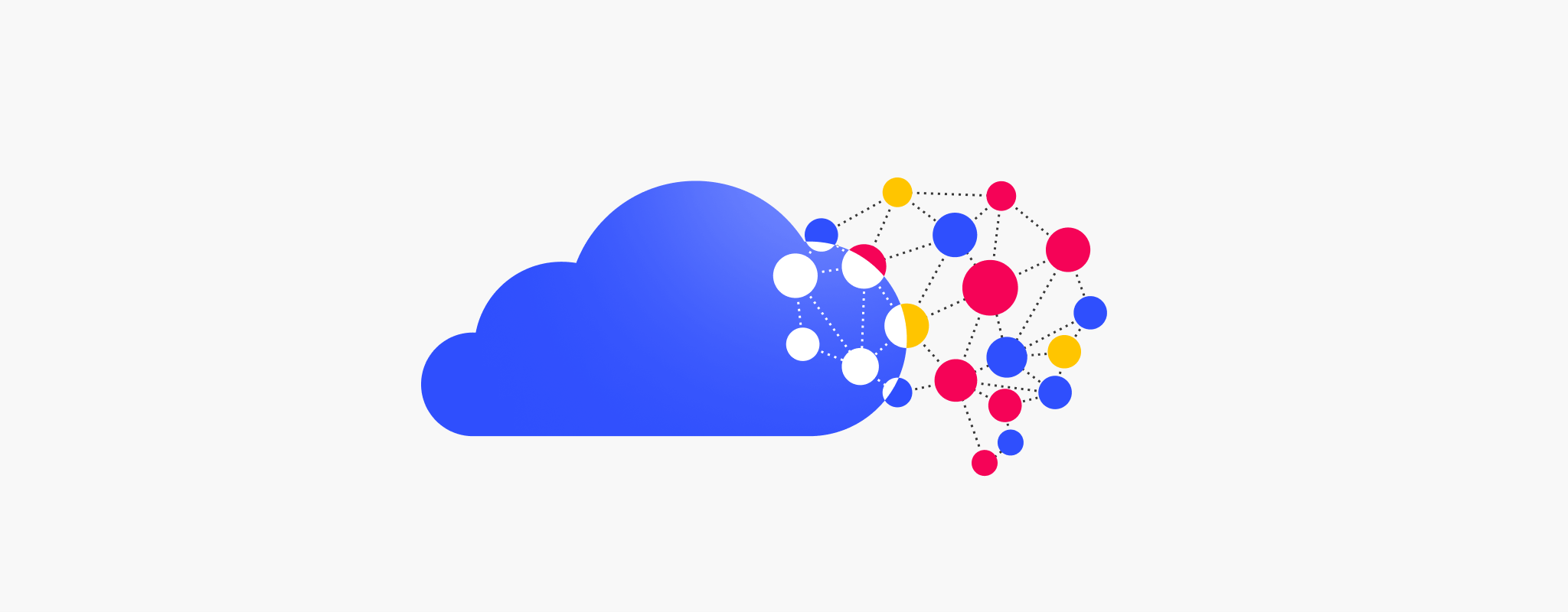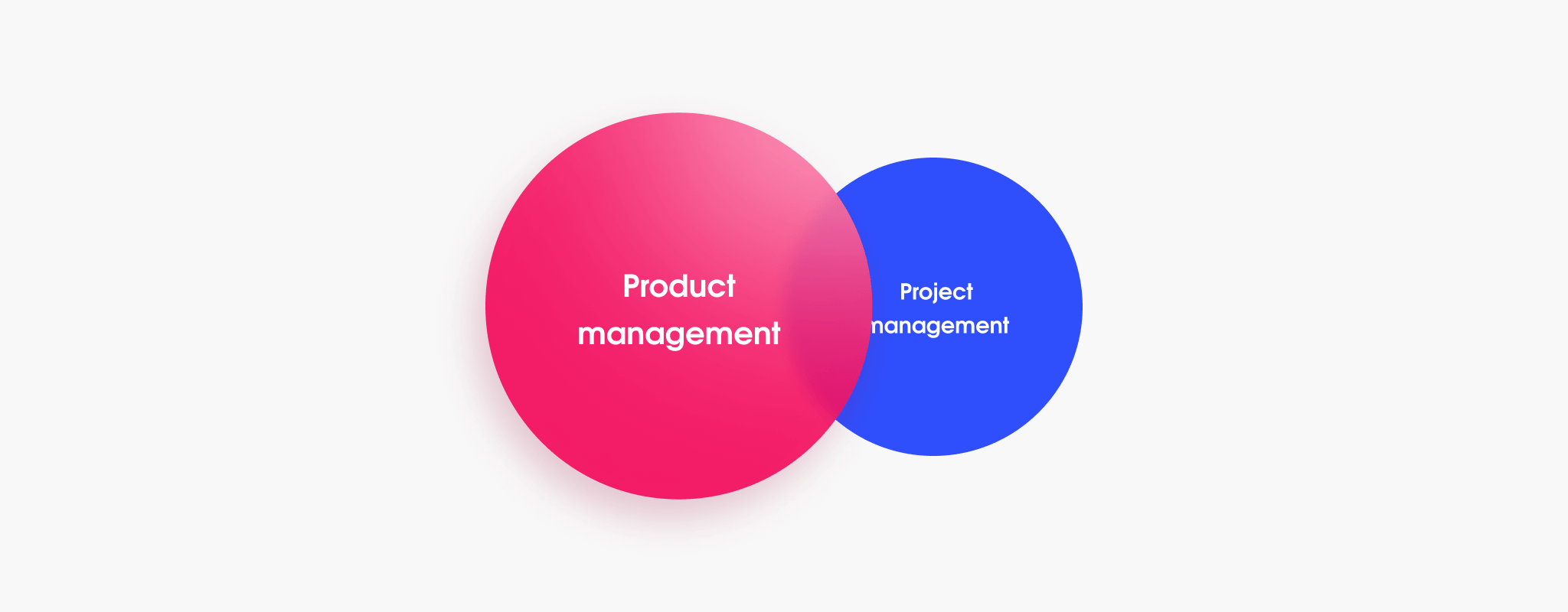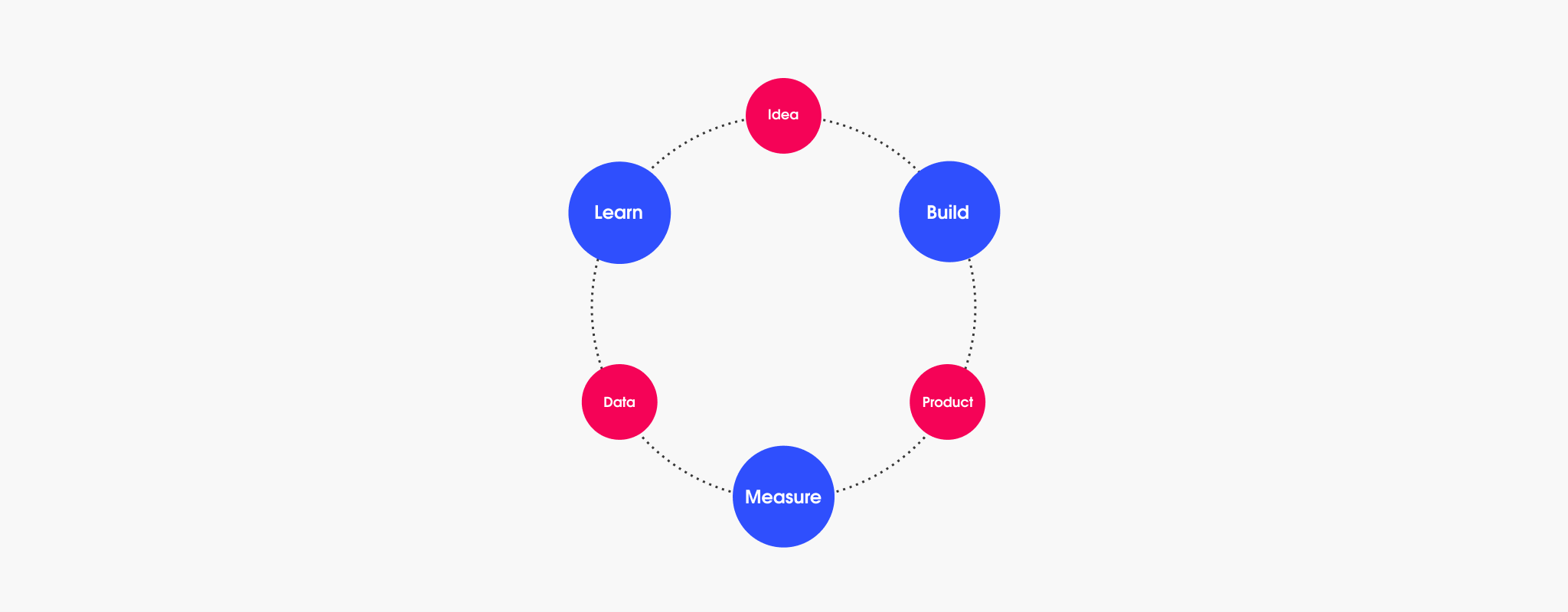
How do you ensure your success in the upcoming years? What tools and techniques will be in demand in the IT consulting industry? What skills should you highlight in your portfolio? We are here to answer all your questions. So let us make your IT consulting business prosper through the pandemics and beyond!
The new normal is here, and it has touched all the business spheres. The demand for IT services and resources has become a delightful outcome of an unfortunate situation. Traditional businesses have started looking for faster and more advanced approaches to stay on track, while startups have found themselves in front of a massive field of opportunities.
As a result, we face a critical shortage of skilled IT resources worldwide and hype within the IT consultancy market.
The following IT consulting skills will make you stand out in the years to come.

AI and Cloud
According to the 2021 State of Software Engineering Report, “the pandemic has accelerated digitization processes with 92% of organizations increasing their cloud workloads and machine learning technologies this past year”. It is only the beginning of the avalanche. Accenture has estimated at least an 18.4% increase in cloud spending in 2021. The fastest-growing cloud services include containers, IoT, and AI.
The requirements go beyond technical expertise in cloud computing. It is also crucial to build sustainable business solutions and reduce waste. The current market also requires a cloud-agnostic strategy due to the hybrid cloud approach and various cloud service providers.
AI solutions are experiencing a significant boost among enterprise and startup clients thanks to the vast cloud adoption, increasing computing power, and decreasing costs. Implementation of AI solutions is remarkably different from traditional IT project consulting.
In AI applications, you work with probabilities and uncertainties. The core element of an AI-based solution is continuous learning and improvement. Since there can’t be a defined project scope, we can barely apply a traditional Agile approach to project management. Data analytics and metrics for AI projects are the foundation of successful AI project implementation.

Product management, not project management
While a traditional Agile principle was “working software is the primary measure of progress”, today’s reality is driven by the rapidly evolving market and high business uncertainty. We need to build businesses of tomorrow. This requires an entirely new set of skills related to product management. In product development, you deal with uncertainty by applying a set of experiments to validate (or void) product hypotheses with data, customer interviews, and analytics. The required skills for these activities go far beyond tech and cover aspects of marketing and psychology,
Bottom-up adoption of products like Slack, Gitlab, or Miro in enterprises focuses on the end-user, not the decision-maker. Thus UI and UX become critically important for the traditional enterprise software, where traditionally, this part was overlooked. In the conditions of end-user centricity, the need for product management practices like customer development interviews becomes inevitable.

No/low code tools
Today’s extremely competitive market of software consultancy requires achieving more with less. Rapid and frequent experiments demand cheap tools, minimum coding skills, and actionable results of the experimentation. According to Forrester’s 2021 predictions, Low-code platforms will account for 75% of application development by the end of 2021, up from 44% in 2020. During the COVID-19 situation, businesses who had used low-code platforms, digital automation systems, and collaborative project management adjusted more quickly and effectively than businesses that relied solely on conventional development.”
At Moqod, we use Tilda.cc or Wix.com to run prototypes. These tools enable the easy launch of web pages with “mouse programming” and integration to analytics and CRM systems. As a result, we were able to produce multiple MVPs and validate hypotheses. This approach is highly efficient due to the short time-to-market. Good experiments developed into successful software products. The failed ones either proved not fit for the market or provided vital insights on product alterations.

Value-based pricing
How do you put a price tag on the IT consulting services today?
Imagine you launched an MVP with Wix.com that took you a day to build, and then it became a 1 million euro product for your customer in the future.
Or you created a small script in a couple of hours that helped your client save 1 million. How much would you charge the client for that?
Would you charge for your hours x the hourly rate, or would you charge according to the value you’ve delivered to your customer?
The old-school per hour billing for consulting services comes from Henry Ford’s ‘time for money’ conveyor economy from the early XX century.
Today, money equals value. Our unicorn world is a whole new ball game. “Measuring the value of your work in hours is as absurd as measuring it in pixels, lines, or keystrokes,” says Jonathan Stark, the evangelist of value-based pricing in software development.
Our experience at Moqod clearly shows that the value-based approach provides better scalability and improves customer relationships, solving the biggest challenges in the software consulting business.

Sustainable development
Sustainability is everywhere today — from transportation to relationships. In our vision, sustainable software development covers all matters related to reducing waste and increasing productivity for software development teams. We identify the following core areas that can make customer-consultant relationships effective and deliver sustainable results.
Lean startup approach
According to the father of the Lean startup movement, Eric Ries, modern companies need to be organized as a portfolio of startups.
“A MODERN COMPANY pursues a portfolio of smart experiments and contains the cost of failure by investing more in the ones that work, using a system of metered funding that increases as success is proved.” The approach of Eric Ries has been successfully implemented across multiple startups, nonprofits, NGOs, and governments.
Shared customer values
Sustainable relationships can only last with solid mutual values. The values match creates a meaningful partnership where the consultant and the customer are equal partners, headed towards successful results. Driven by one common goal, not just the pay-per-hour fee, we can achieve incredible things and go that extra mile together!
Conclusion
With the above mentoined trends for 2022 you will be able to stand out in the years to come.






